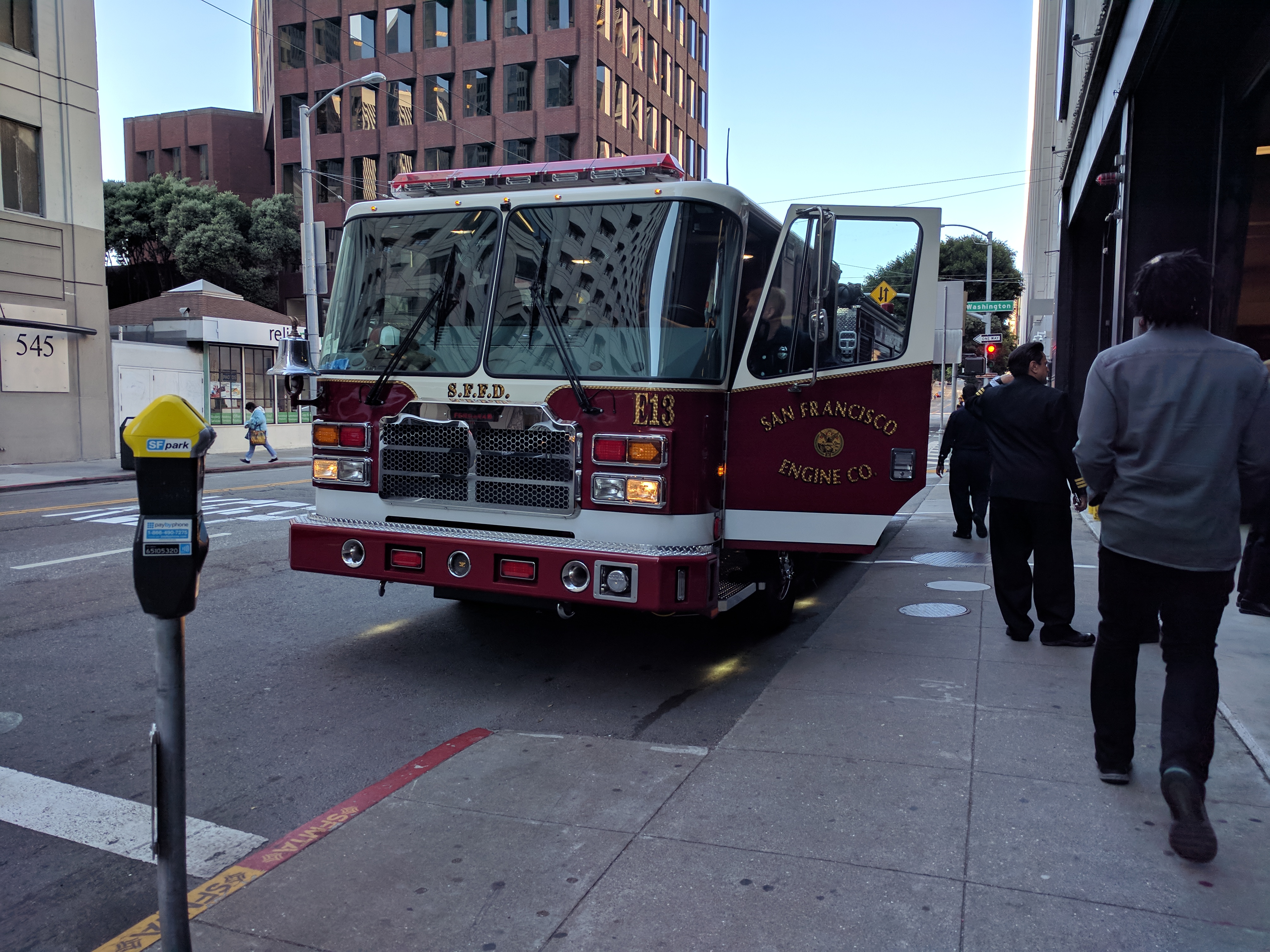
"When cyclists and pedestrians get mashed by errant drivers, it's fire departments and Emergency Medical Technicians who witness first-hand the horrific results of dangerous streets. So why doesn't it follow that city fire departments are 100 percent supportive of street safety measures? That's the question behind "Safety vs. Safety: Understanding and Overcoming Conflicts between Street Safety and Fire and Emergency Response Description," a soon-to-be-released study from UC Berkeley and the Center for Pedestrian and Bicyclist Safety."
"The first city discussed was Austin, Texas, which is often cited as a good example of how to get American fire departments on board. Lamb explained how that city developed templates for mountable curbs, so Austin fire trucks can use the bike lanes to maneuver and bypass traffic. That grew in part out of a 2019 trip with Austin's transportation officials and firefighters to the Netherlands. There, they studied how Dutch cities deal with emergency response."
Firefighters and EMTs routinely witness severe injuries from collisions yet do not uniformly support all street-safety infrastructure. Some cities pursue operational and design adaptations to reconcile emergency response needs with protected bike lanes and other safety measures. Examples include mountable curb templates that allow fire trucks to use bike lanes for maneuvering, and separate dispatch systems that send EMT units rather than large ladder trucks to medical calls. International examples such as Dutch emergency-response practices have informed these adaptations. The goal in affected cities is to shift toward preventing street trauma through integrated infrastructure and operational changes.
Read at Streetsblog
Unable to calculate read time
Collection
[
|
...
]